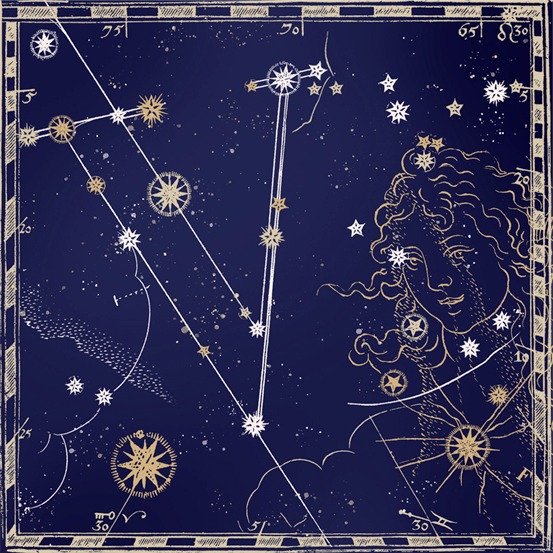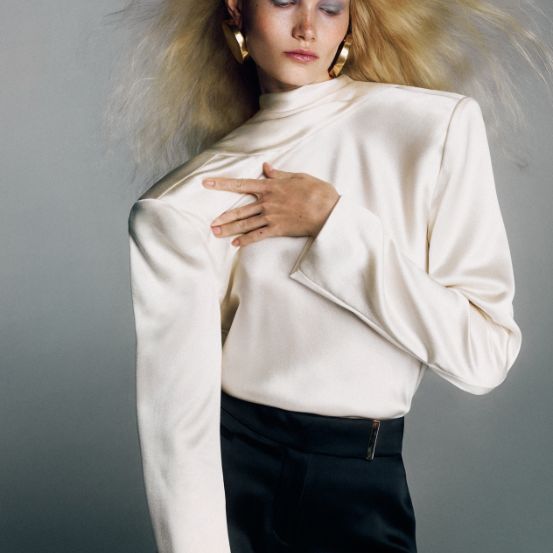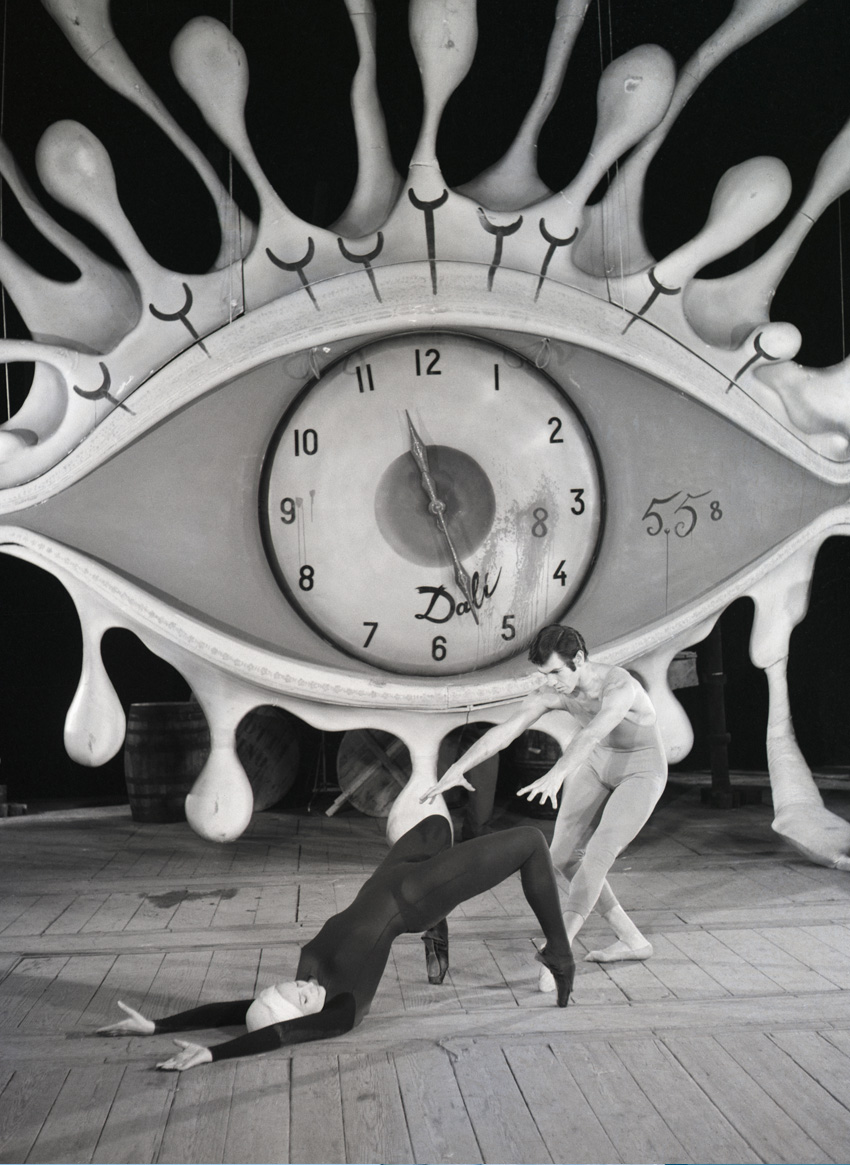Time doesn't just fascinate physicists and engineers. Over the centuries, artists have found the most imaginative solutions to represent time.
You must have already encountered similar cases. Like the last episode of the television series Sete Palmos de Terra, in which, at the drop of a hat, we found out about the future of the main characters. Or in Miss Broadie's Apogee, a novel by Muriel Spark, in which the narrator tells us, beforehand, what happens to this or that character. Nowadays, we call this a flashforward, an artistic device that takes the narrative into the future. Its opposite, the flashback, is more popular, but both are ways for creators to demonstrate the effects of time, the effects of the acts we commit, how we change.
How does time show? With a clock, of course, but, in Art, how is time shown? It doesn't seem like it, but it's a very complex problem. The best-known example of the representation of time in Art is La Persistència de la Memória, a painting by Dalí, composed of four clocks that appear to be melting, symbolizing dreams, the part of our existence in which time is no longer measurable. Long before that, in the 11th century, time forced artists to original solutions. The Bayeux Tapestry represents the conquest of England by William II of Normandy. As? It's simple. Each embroidered design “tells” a part of the story and the designs are aligned in chronological order, from left to right. Result, the tapestry is 70 meters long. As the years and centuries passed, more sophisticated ways of representing time were sought. Luís Vaz de Camões begins Os Lusíadas in Africa and then goes back. There it is, we call it flashback, a technique that is used in cinema left and right without it occurring to us that it comes from the past. At the beginning of the 20th century, Duchamp, in his Nu Descendant un Escalier n° 2, juxtaposed a series of almost identical images, thus creating the idea of movement, because the human being, when looking at an object moving over time, does not see the object as being fixed. Cinema, honestly, that's it at 24 frames per second. Animated cinema, until the introduction of computers, was exactly that.
In the times of the Futurist Manifesto, artists, fascinated by the fast machines that surrounded them, sought to convey the acceleration of society. In Literature, one of the novelties that Futurism brought was the introduction of onomatopoeia, later prominent in comics, but also the abolition (partial or not) of punctuation. What a silly idea, abolishing punctuation, right? Not really. William Faulkner and António Lobo Antunes used this method to connect sentences that take place in different temporal stages. Both Mrs Dalloway, by Virginia Wolf, and Ulysses, by Joyce, take place in one day and yet, thanks to a series of internal monologues, they reconstruct what was left behind in the characters' lives.
Cinema was no stranger to these movements. The most obvious example of time manipulation will be that of Quentin Tarantino's Pulp Fiction, in which the different stories appear intercut and only as the film unfolds do we realize how they come together. However, time has been a long-standing concern. D. W. Griffith was the first to use flashbacks; Orson Wells immortalized them in Citizen Kane; Akira Kurosawa took them to the extreme, in order to show the various perspectives of a story, in Rashomon, part of a short story by Ryunosuke Akutagawa, a story that, in turn, already used his technique.
Sometimes the simplest artistic solutions are the most effective. In Straight Story, David Lynch tells the story of an old man who goes to visit his sick brother, with whom he had been angry. He moves on a lawn mower and the camera shows him moving on the road. OK. It seems complex, but it isn't. The camera goes up, leaving the old man out of view and it takes forever to come down. When the old man finally enters the field, it is clear that he has barely advanced. The shot not only serves to demonstrate the slowness of the crossing, but also the character's inner “time”, the difficulty of his task, to reconcile with his brother.
Samuel Beckett’s Murphy’s first sentence is: “The sun shone, having no alternative, on the nothing new.” (“Having no alternative, the sun shone over nothing again.”) Here, it is said, without saying, that everything repeats itself, that, no matter how far one advances, nothing changes. Which tells us more about Beckett's dark humor than about how the world works. Because no matter how long the world lasts, there will always be an artist wondering how time changes the world.
Translated from the original on "What's Next" issue's supplement, published December 2024. Full credits and stories in the print issue.
Most popular


Relacionados
.jpg)

Réveillon no Hotel Tivoli Avenida Liberdade: 1 hotel, 3 experiências para celebrar a passagem de ano
22 Dec 2025
.jpg)




